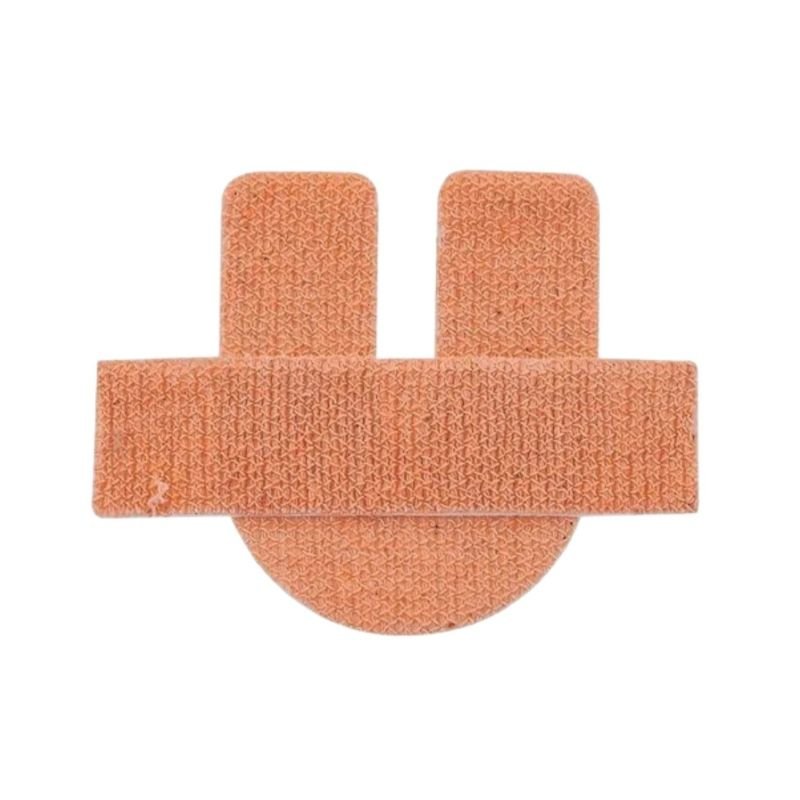Cannula Fixator what is it?
Cannula Fixator The U-shaped and rectangular bandages that make up the cannula fixator are employed to secure the cannula’s position. This pre-made bandage was created specifically to provide more support for the cannula. It aids in preventing the disruption caused by the catheter’s unintentional movement.
Why would someone need an IV Cannula Fixator?
When you are unable to drink or are dehydrated, you can get fluids through an IV. Transfusion blood is given. inject medicines straight into your bloodstream.
Which needle is inserted into a trauma patient?
- In this case series, there was no evidence of an increased risk of bleeding.
- It is advised to heparinize under PTT control with a twin lumen cannula.
- Therefore, there is debate concerning the use of this cannula type in trauma
- patients who are at high risk of bleeding.
How long does it take for a cannula hole to close?
Most patients report feeling well a day or two following the surgery. You might feel a little lethargic, and the wound site could be sore for up to a week. A bruise could linger for as long as two weeks.
How is a cannula to be held in place?
A clean, clear dressing should be used to secure the cannula. The insertion site shouldn’t be covered with non-sterile tape. The dressing should still allow visibility of the insertion site. To lower the chance of dislodgment and associated issues, the device must be secured.
Which vein does the cannula go into?
basilic, cephalic, and medial antecubital veins
The ideal areas for percutaneous focal venous catheter implantation are these veins.
What varieties of cannula are there?
The two most common kinds of cannula are: IV needles: Doctors insert short, flexible tubes called IV cannulas into a vein. Nasal tubes: In order to distribute oxygen, nasal cannulas are made of flexible tubing that fit within the nostrils.
How long may an IV catheter stay set up?
Background: According to US Centers for Disease Control standards, peripheral intravenous catheters (PIVC) should be changed no more frequently than every 72–96 hours. It is believed that routine replacement lowers the incidence of phlebitis and bloodstream infections.
We are a Global Wholesaler what’s Also, As an exporter from India, I work with in excess of five nations, including the UAE, Saudi Arabia, Oman, Qatar, and Myanmar. I quickly saw that you were searching for an alternate product brand or click here.







